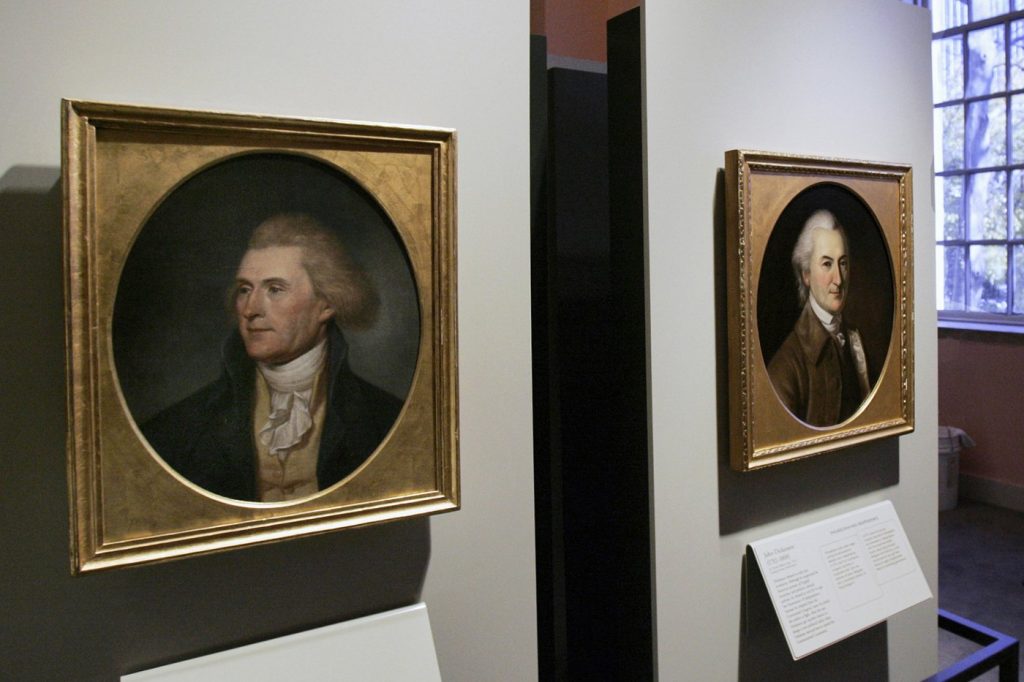Last month, millions of people participated in protests across the United States and around the world, motivated by their concerns regarding the policies of President Donald Trump. As the nation approaches the 250th anniversary of American independence, activists have designated this movement as “No Kings.” The historical significance of this labeling invites comparisons to similar sentiments during the American Revolutionary period in the summer of 1775.
According to H.W. Brands, a noted scholar and history department chair at the University of Texas at Austin, the sentiment represented by “No Kings” was likely a minority opinion among the colonies in July 1775. Although there was considerable enthusiasm for revolution in New England, many in other areas were hesitant to engage in what they perceived as an unnecessary conflict. Joseph Ellis, a Pulitzer Prize-winning historian, reiterates this view, highlighting a cautious public opinion that was still evolving during this period.
This month marks the 250th anniversary of the “Olive Branch Petition,” ratified by the Continental Congress on July 5, 1775, nearly one year before the Declaration of Independence. Initially authored by John Dickinson, a Pennsylvanian known as the “Penman of the Revolution,” this petition served as a final appeal for reconciliation with Britain. In 1775, Dickinson and others still believed that King George III might reconsider the tax increases and other grievances that had prompted unrest.
This era is often referred to as the “Awkward Interval,” as Americans had already begun fighting British forces at key battles like Lexington and Concord while still avoiding a full declaration of independence. As public opinion began to shift, Ellis points out that it would still have been premature to issue an outright declaration against the crown.
In light of their grievances, the Continental Congress projected unity in its public statements but contained varied opinions among its members. Jack Rakove, a Stanford University history professor and Pulitzer Prize-winning author, explains the ideological spectrum within the Congress, from radicals like Samuel Adams, who were eager for independence, to moderates like Dickinson and John Jay of New York.
The Olive Branch resolution delicately balanced criticism of the British government with appeals to shared heritage and King George’s supposed benevolence, further underscoring the complex relationship between the colonies and Great Britain. In a segment of the petition, Dickinson expressed the colonies' hesitation to sever ties with Britain, articulating a desire to maintain the dignity of their relation.
This period also exemplified a strategy characterized as “peace through strength,” where resolve coexisted with a desire for compromise. John Adams described this duality using the metaphor of holding “the sword in one hand and the olive branch in the other.” Dickinson’s petition represented a gesture for peace, while a contemporaneous document, “The Declaration of the Causes and Necessity of Taking Up Arms,” conveyed a message of determination and defiance against British offenses.
Thomas Jefferson, who drafted the 1775 declaration, would later be the principal author of the Declaration of Independence. However, the earlier document’s language assured a nervous populace that the colonies did not intend to immediately dissolve their relationship with Britain, even as they formally articulated their grievances. The authors emphasized that they had not yet reached the point of requiring a desperate measure to win their independence.
Despite Dickinson's attempts at peaceful reconciliation, prominent figures like John Adams and Benjamin Franklin regarded his stance as overly optimistic. They were undeterred when King George refused to entertain the Olive Branch petition, declaring the colonies to be in a state of rebellion. Simultaneously, the Continental Congress was preparing for future hostilities by appointing George Washington as commander of the newly created Continental Army, a step viewed as a pivotal moment in unifying the colonies.










